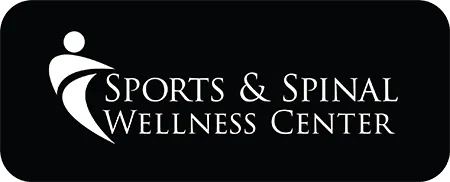DOES PAIN EQUATE TO TISSUE DAMAGE?
Part 2: Pain Explained
By: Dr. Kim Leis-Keeling
Thank you all for reaching out to see if I am still alive after reading my last article. I know you have been eagerly anticipating part 2 of the story to find out how I faired with my disc herniation. Despite all that drama, by the next day I actually felt much better. I ended up taking a few days off of work to rest and patch myself back together – life doesn’t stop right? I pulled out all the tricks to get back on my feet. After all, I couldn’t have my husband drag me around like a life sized Raggedy Ann doll forever. My treatment consisted of lumbar decompression, cold laser, ice, acupuncture, massage therapy, taping, McKenzie exercises, core strength exercises and herbs. By the end of the week, I was pain free, but not completely healed. Healing takes time.
So let’s get back to the question of “Does pain equate to tissue damage?” The best explanation of pain that I have read is from a book entitled Explain Pain by Dr. Lorimer Moseley and David Butler. They are neuroscientists from Australia who explain it very well. I’ll share a few points from their book.
Let’s start with acute pain. When we have a new injury, there is a process that happens in the body. It starts with inflammation which triggers a cascade of events. Our nerves carry information from the injury through the spinal cord to the brain. The brain interprets this information and makes decisions about how to respond. Often this triggers our “danger alarm system.” There is a chemical exchange that happens between the neurons (nerve cells) which then sort the information, similar to a post office. If the brain feels the danger is critical, it produces pain. The brain tries to get you out of pain (danger) by limiting movement (or in my case, my entire post office shut down and I passed out).
The inflammation process is the normal way the body begins healing. Most tissues (bone, muscles, skin, etc.) heal within 6-8 weeks. Now, if you break a bone, you may not be in pain the entire 6-8 weeks, but you still have to wear a cast to allow time for the bone to mend. (And just because your acute back pain went away, does not mean that it has healed and you should go spread mulch – note to self). Tendons, ligament and spinal discs are not very vascular so these can take longer to heal. Have you ever heard someone say that it is better to break an ankle then to sprain it?
What happens with chronic pain? When pain becomes ongoing the nervous system becomes more sensitive. The danger messenger neurons and the brain become more excitable and contribute to the problem. The threshold of pain becomes so sensitive that small triggers can cause intense pain. Thoughts and belief all become a part of the contributing triggers and the brain starts to attach a “neurotag” to the thought. Here is what I mean by all that. We have all watched America’s Funniest Home Videos where someone gets hit in the groin with a ball or flying object. The men watching will all moan & groan and bend over in pain. They may actually feel physical pain. But nothing happened to them…how can they experience pain? There is no tissue damage. This is called a “neurotag.” Your brain remembers this injury very clearly and just the thought of a reoccurring injury can recreate pain in your body. This same thing can happen when you have re-injured the same body part over and over again.
So what do you do about this? One of the quotes I tell patients is: “Don’t let your diagnosis define YOU!” Just because you are diagnosed with a disc bulge or herniation doesn’t mean that you have to sit in a rocking chair for the rest of your life. It is estimated that 80% of the adult population have tissue injury to at least one disc. But are they all walking around in pain? Some people don’t ever have pain. You just have to understand the extent of your tissue damage and how to treat or manage it. More importantly understand why you have pain.
As always, if you have questions about this article please feel free to contact me at the Sports & Spinal Wellness Center at 518-869-3415. Follow us on Facebook or visit our website at www.sportsandspinalwellness.com.
